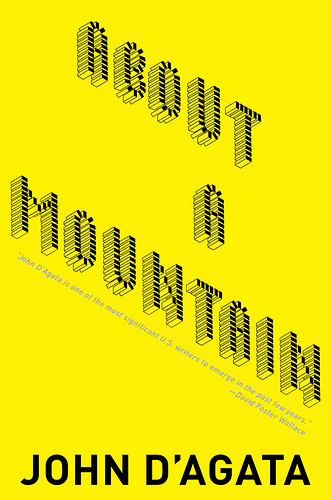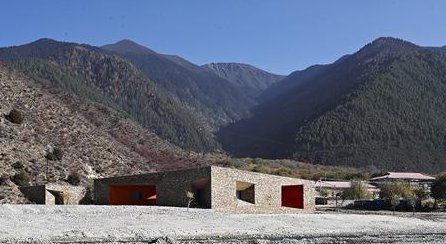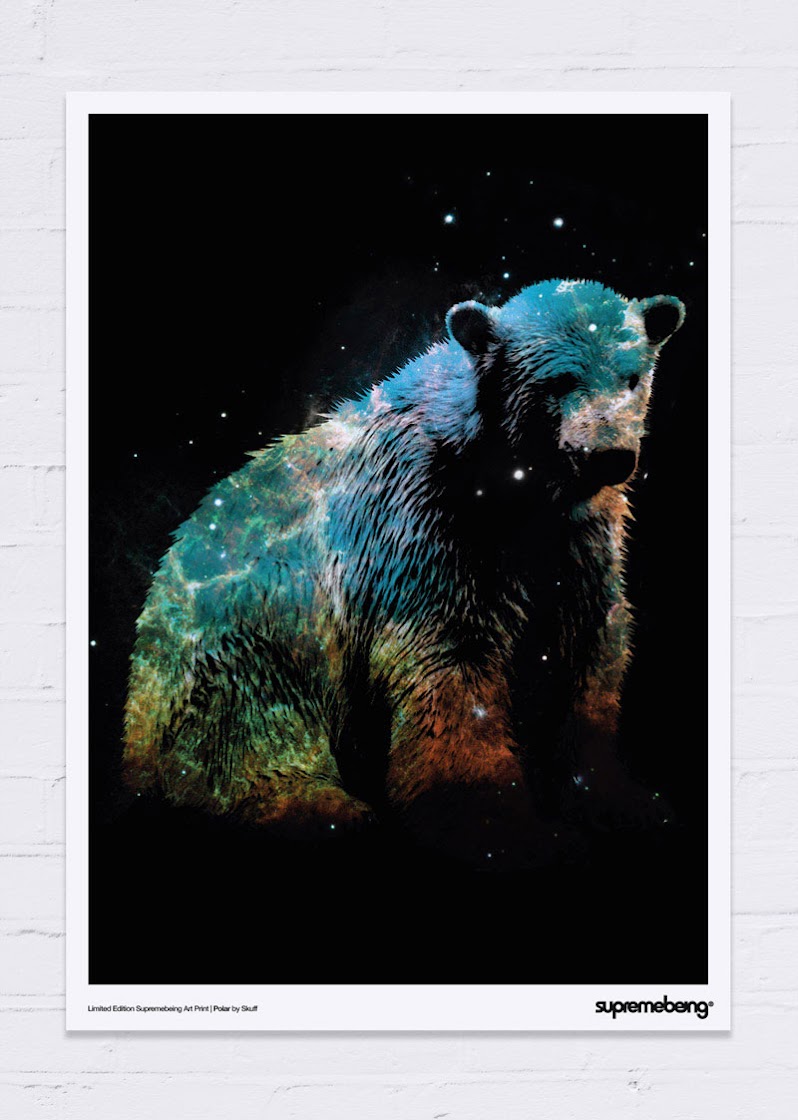Merry Wanderer of the Night [Search results for mountain]
East Asia: Huashan Mountain rock painting submitted for World Heritage listing in 2016

About a Mountain

The centre for visitors on the bank of the mountain river

Mykita X Moncler Sunglasses

Near East: Hittite rock inscription to be 'taken under protection'

Iraq: Archaeologists help protect ancient sites in north Iraq

Teaser Tuesday (March 30)

Reading Questions

Sunday Salon: September Wrap-Up

Weekly Geeks 2011 - 4 : – A care pack with loads of bookish love

Review, Blog Tour & Giveaway: The Accidental Bestseller by Wendy Wax

Review: Ashfall by Mike Mullin
Limited Edition Art Prints

Excerpt and Illustration! Having fun w/ Fairy Tales
Central Asia: Disputes damage hopes of rebuilding Afghanistan’s Bamiyan Buddhas





